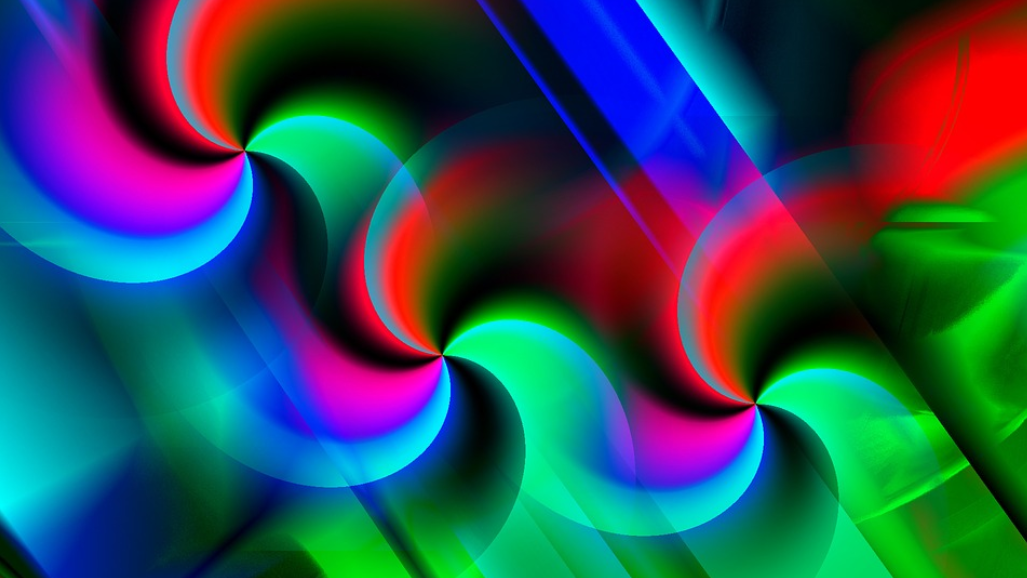Neon effects have become increasingly popular across various mediums, from digital art to traditional painting. These glowing, luminescent designs are often associated with urban aesthetics, bringing a modern and dynamic feel to any project. When applied to leather, neon effects can create a stunning contrast between the natural texture of the material and the synthetic, electric look of neon colors.
However, working with leather presents unique challenges. Leather is not as forgiving as paper or canvas; it requires specific preparation and the right tools to achieve the desired effect.
The importance of choosing the right colors and settings cannot be overstated, as they play a crucial role in making the neon effect truly stand out. This guide will walk you through each step of the process, ensuring that your neon leather painting is both vibrant and durable.
Tools and Materials Needed

Before diving into the painting process, it’s essential to gather all the necessary tools and materials. Here’s what you’ll need:
- Photoshop Software: Essential for designing and experimenting with neon effects before applying them to leather.
- High-Quality Leather: Choose smooth, untreated leather for the best results.
- Neon Acrylic Paints: Opt for high-pigment, UV-reactive paints to achieve the brightest effects.
- Leather Primer: Prepares the leather surface, ensuring better paint adhesion.
- Paint Brushes: Use fine brushes for detailed work and broader brushes for base coats.
- Painter’s Tape: Helps to create clean edges and protect areas you don’t want to paint.
- Sealer/Finisher: A clear acrylic sealer will protect your finished design from wear and tear.
Tips for Preparing the Leather Surface
- Cleaning: Start by thoroughly cleaning the leather with a damp cloth to remove any dirt or oils that might prevent the paint from adhering.
- Priming: Apply a thin layer of leather primer to ensure that the paint sticks well and lasts longer. Allow the primer to dry completely before moving on to the next step.

(Source : @rm.customsss)
Step-by-Step Guide to Creating Neon Effects
Now that you have your tools and materials ready, let’s dive into the step-by-step process of creating neon effects on leather.
1. Preparing the Leather
- Cleaning: Begin by wiping down the leather with a damp cloth to remove any surface dirt or oils. This step is crucial as it ensures that the paint adheres properly to the leather.
- Priming: Once clean, apply a leather primer. This not only helps the paint stick but also ensures the neon colors appear vibrant. Let the primer dry thoroughly before proceeding.
2. Base Painting
- Applying Base Colors: Choose a base color that complements your neon design. For example, a dark base like black or navy blue can make neon colors pop even more. Apply the base color evenly across the leather surface using broad strokes. Allow it to dry fully before adding any neon effects.
- Quick Drying Tips: If you’re in a hurry, use a hairdryer on a low setting to speed up the drying process, but be careful not to overheat the leather.

3. Adding Neon Effects
- Layer Styles: Neon effects are all about creating that glowing appearance. In Photoshop, use the Outer Glow and Inner Glow layer styles to mimic this effect. For a more realistic look, choose bright colors like neon pink, green, or blue, and adjust the opacity and spread to get the desired glow.
- Blending Techniques: When painting directly on leather, use blending techniques to soften the edges of your neon lines. This can be done by gently feathering the edges with a dry brush or using a sponge to dab and blend the paint.
4. Enhancing Details
- Bevel & Emboss: To add depth to your design, apply the Bevel & Emboss layer style in Photoshop. This technique gives your neon effects a more three-dimensional look, making them appear as if they are raised slightly off the surface of the leather.
- Adjustment Layers: Fine-tuning your design is crucial. Use adjustment layers to tweak the brightness, contrast, and color balance of your neon effects. This step ensures that your design remains vibrant under different lighting conditions.
5. Final Touches
- Sealing the Paint: After completing your design, seal the leather with a clear acrylic sealer. This protects the neon paint from fading and prevents it from cracking over time. Apply the sealer in thin, even coats, allowing each layer to dry before applying the next.
- Troubleshooting: If you notice any uneven textures or dull finishes, lightly sand the affected area with fine-grit sandpaper and reapply the paint and sealer as needed.
Advanced Techniques
Once you’ve mastered the basics, you can experiment with more complex designs and techniques to elevate your neon leather art.
1. Incorporating Complex Designs
- Layering Colors: Create intricate patterns by layering different neon colors. Start with the lightest color and gradually add darker shades, using blending techniques to create smooth transitions between colors.
- Using Stencils: For precise designs, consider using stencils. This allows you to replicate complex shapes and patterns with clean edges.
2. Maintaining Brightness Over Time
- UV Protection: Neon colors are particularly prone to fading when exposed to sunlight. To prevent this, apply a UV-protective sealer. This will help maintain the brightness of your neon colors for longer periods.
- Regular Maintenance: Keep your leather clean and occasionally apply a fresh coat of sealer to preserve the vibrancy of your design.
Creating neon effects on leather is a rewarding process that combines technical skill with creative expression. By following the steps outlined in this guide, you can produce stunning, vibrant designs that are both durable and eye-catching. Remember to experiment with different colors and techniques, and don’t be afraid to push the boundaries of what’s possible with neon leather painting.
Whether you're crafting a custom neon design for a client or creating vibrant leather art for your own enjoyment, the key is to have fun and let your creativity shine. To elevate your work and ensure you're using the best materials, turn to Angelus Direct. Angelus Direct high-quality products and extensive range of resources will inspire and support you every step of the way.
FAQs
1. What are the best types of leather for neon painting?
- Smooth, untreated leather is ideal for neon painting. It provides a uniform surface that allows the paint to adhere well and the colors to appear more vibrant. Using quality neon paints, like those from Angelus Direct, ensures a long-lasting and vibrant finish. Avoid heavily textured or treated leather, as it can interfere with the application of neon paints.
2. How do you fix mistakes when painting neon on leather?
- If you make a mistake while painting, don’t panic. Lightly sand the area with fine-grit sandpaper, clean off any residue, and reapply the paint. For minor errors, you can also use a small brush dipped in the base color to cover up the mistake and then repaint the neon design.
3. Can these techniques be applied to other materials?
- Yes, many of the techniques used for neon leather painting can be adapted for other materials such as canvas, wood, or fabric. However, the preparation steps may vary depending on the material. Always test your paints and methods on a small area before committing to a full design.
4. What are the longevity expectations for neon effects on leather?
- With proper care, neon effects on leather can last for several years. Using a high-quality sealer and reapplying it periodically will help protect the design from wear and fading. Regular maintenance, such as cleaning and avoiding prolonged exposure to sunlight, will also extend the life of your neon leather art.

